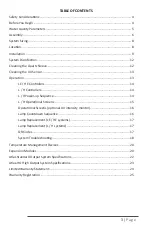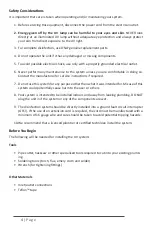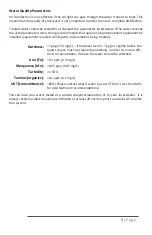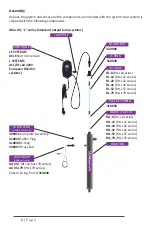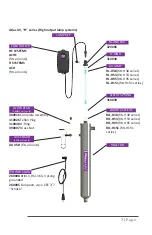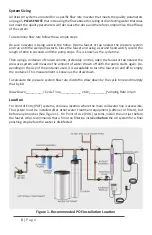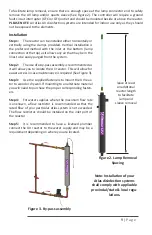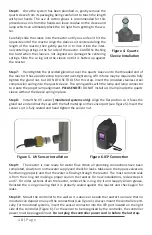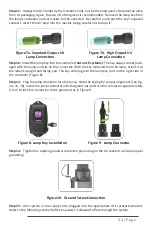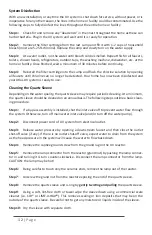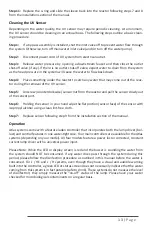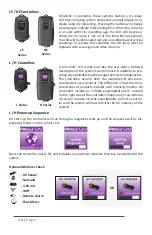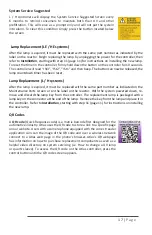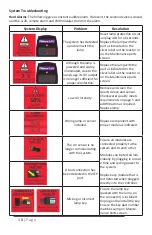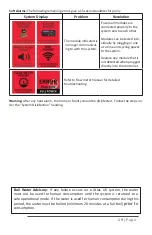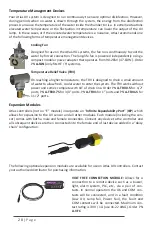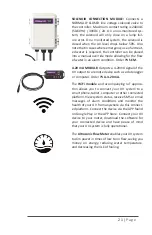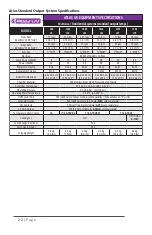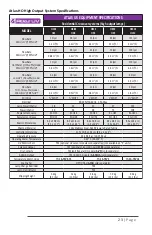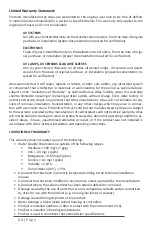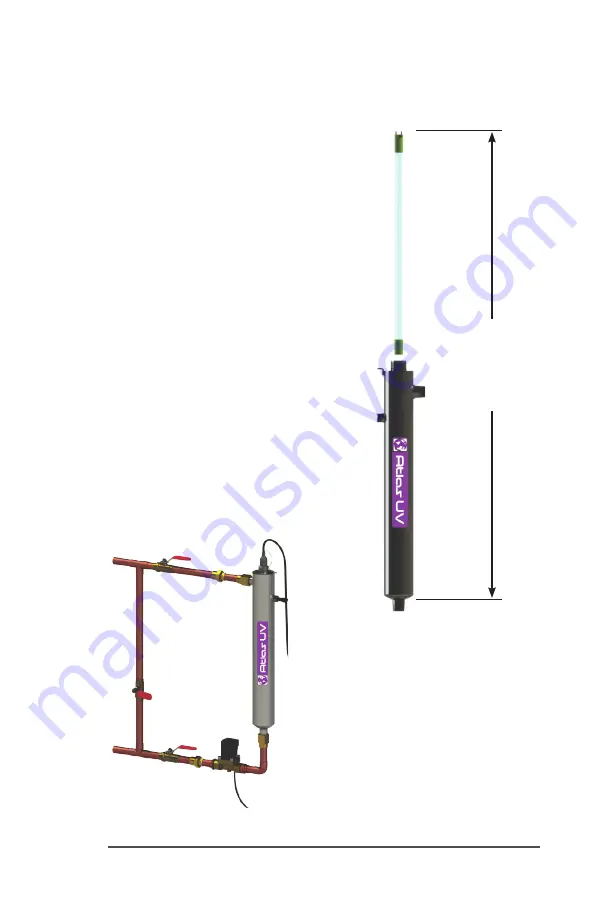
9 |
P a g e
To facilitate lamp removal, ensure there is enough space at the lamp connector end to safely
remove the UV lamp and/or quartz sleeve (See Figure 2). The controller will require a ground
fault circuit interrupter (GFCI or GFI) outlet and should be mounted beside or above the reactor.
PLEASE NOTE: All Atlas UV disinfection systems are intended for indoor use only as they should
not be exposed to the elements.
Installation
Step 1: The reactor can be installed either horizontally or
vertically using the clamps provided. Vertical installation is
the preferred method with the inlet at the bottom (lamp
connection at the top) as it allows any air that may be in the
lines to be easily purged from the system.
Step 2: The use of a by-pass assembly is recommended as
it will allow you to isolate the UV reactor. This will allow for
easier access in case maintenance is required (See Figure 3).
Step 3: Use the supplied fasteners to mount the UV reac-
tor to wood or drywall. If mounting to an alternate material
you will need to purchase the proper corresponding fasten-
ers.
Step 4: For water supplies where the maximum flow rate
is unknown, a flow restrictor is recommended so that the
rated flow of your particular Atlas system is not exceeded.
The flow restrictor should be installed on the inlet port of
the reactor.
Step 5: It is recommended to have a licensed plumber
connect the UV reactor to the water supply and may be a
requirement depending on where you are located.
Figure 3. By-pass assembly
Figure 2. Lamp Removal
Spacing
leave at least
an additonal
reactor length
to facilitate
lamp and
sleeve removal
Note: Installation of your
Atlas disinfection systems
shall comply with applicable
provincial/state & local regu-
lations.
Summary of Contents for H Series
Page 26: ...2 6 P a g e ...
Page 27: ...2 7 P a g e ...
Page 28: ...www atlasuv co uk PN 910086 Version Date 06 2021 ...



